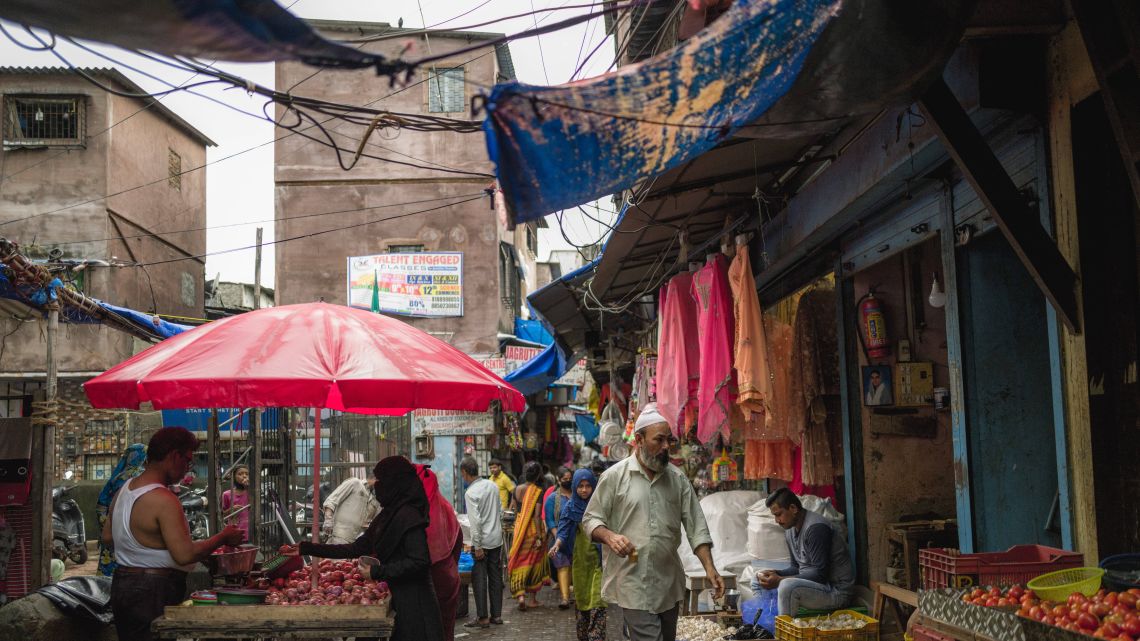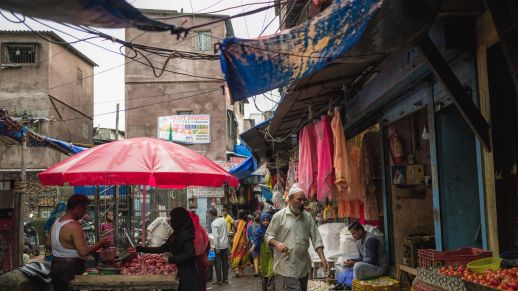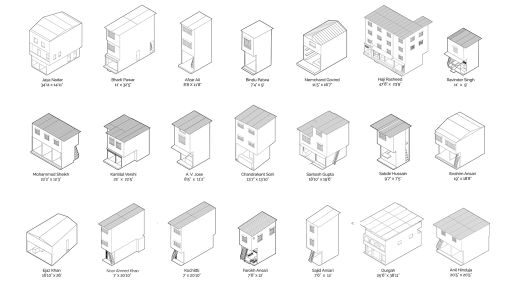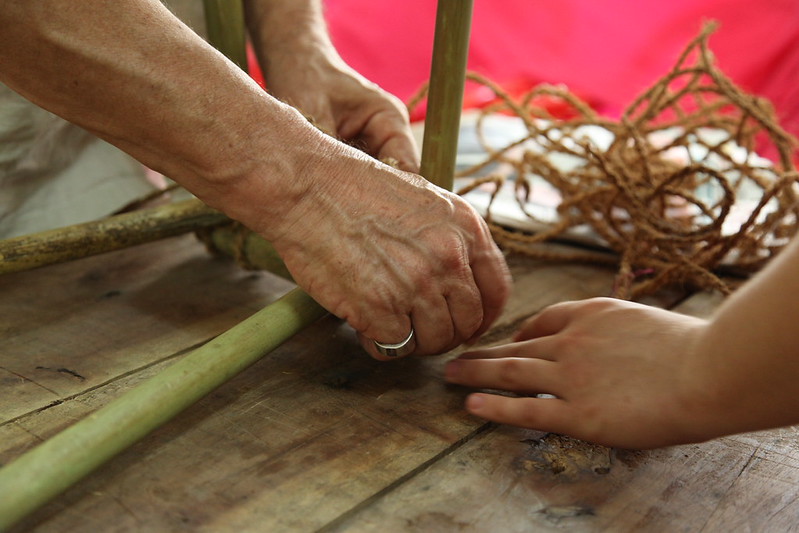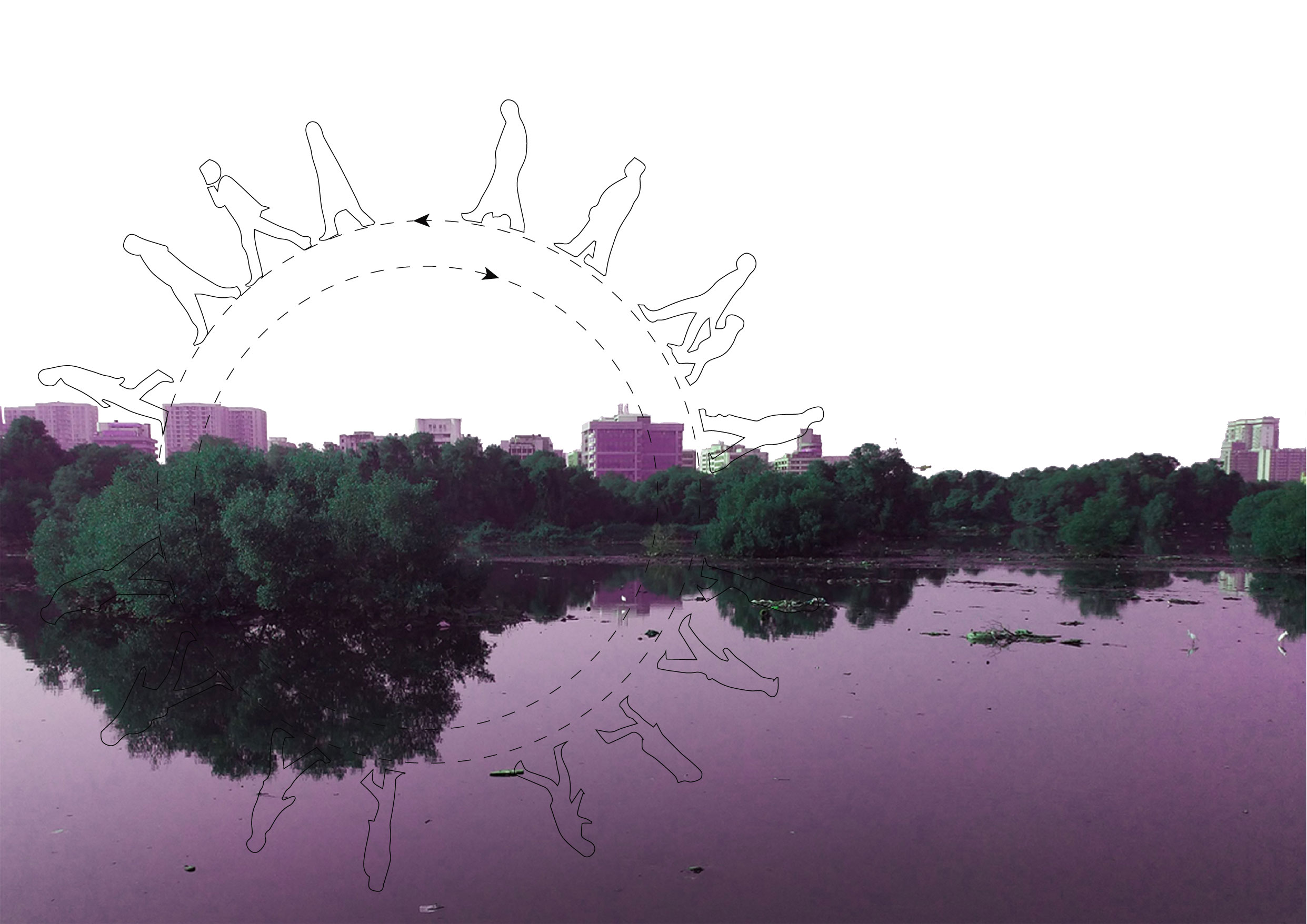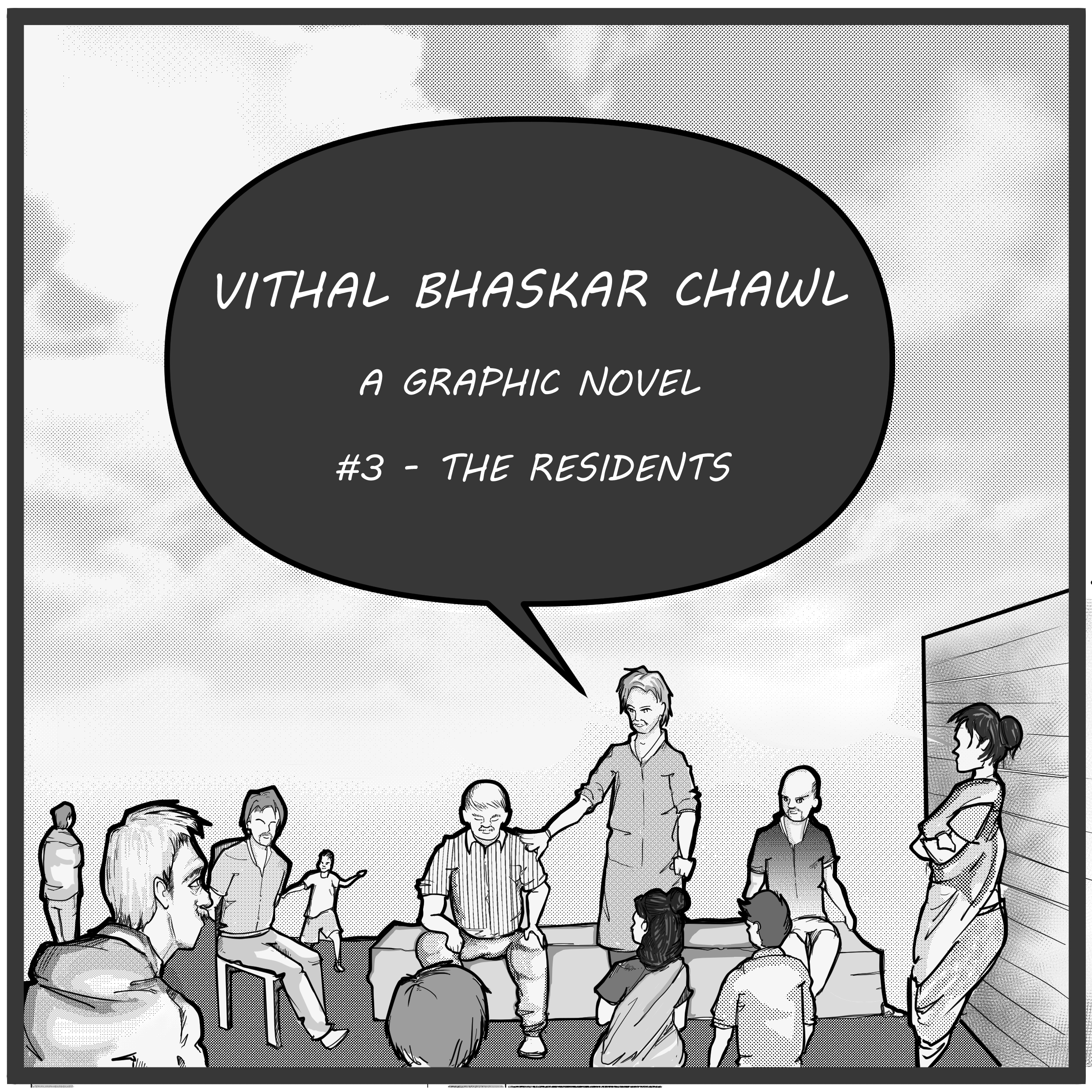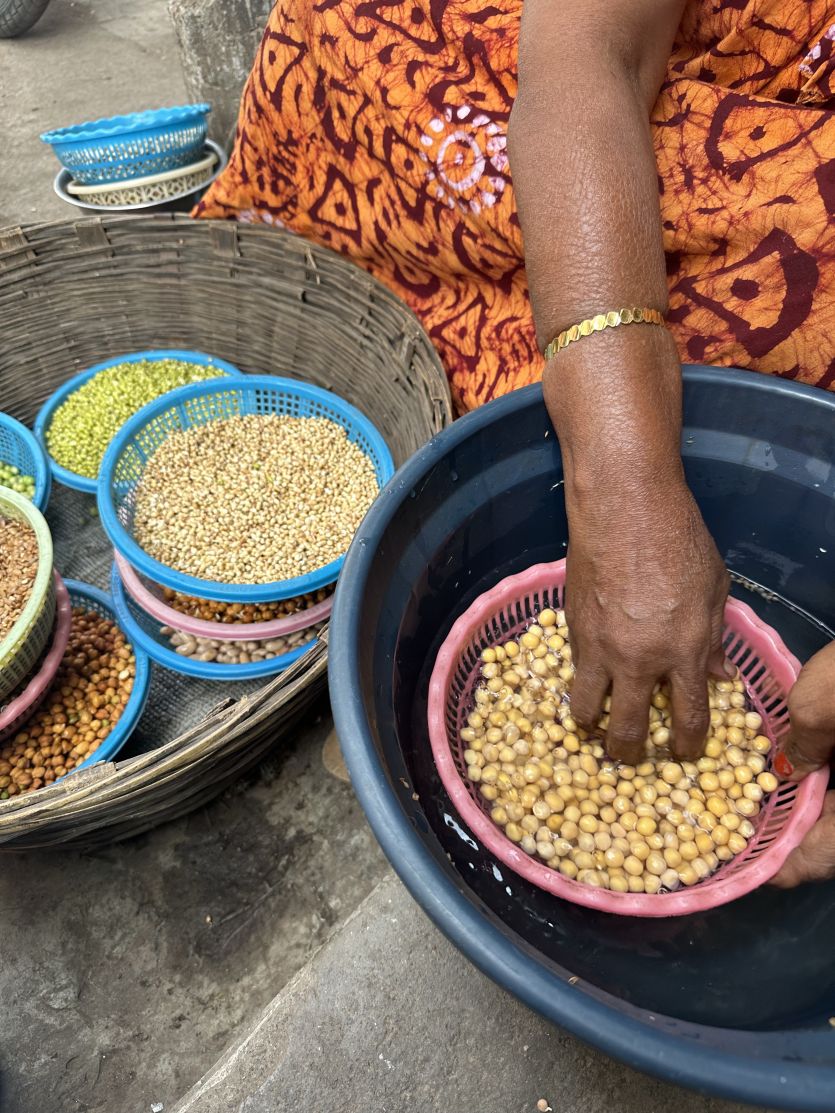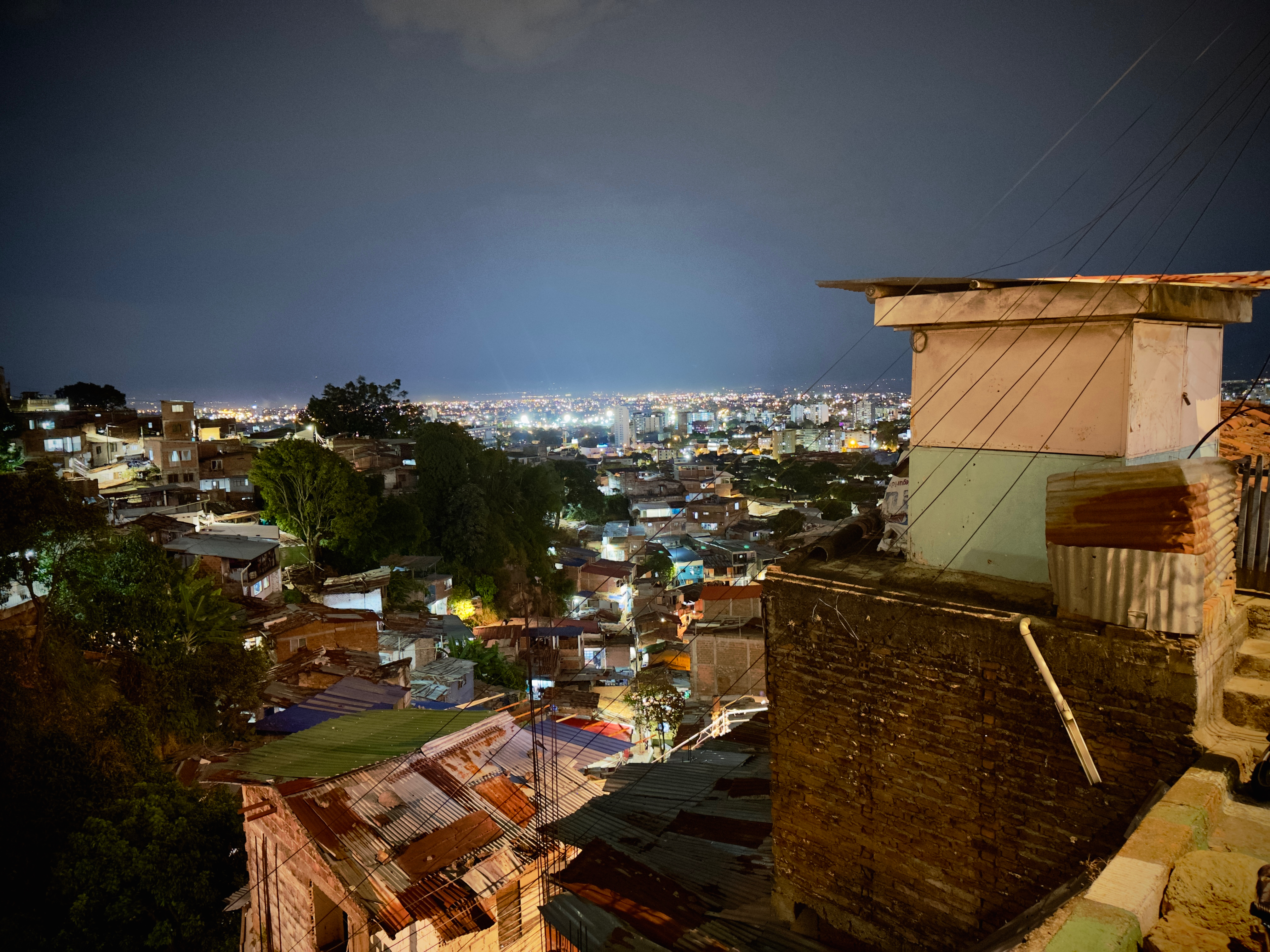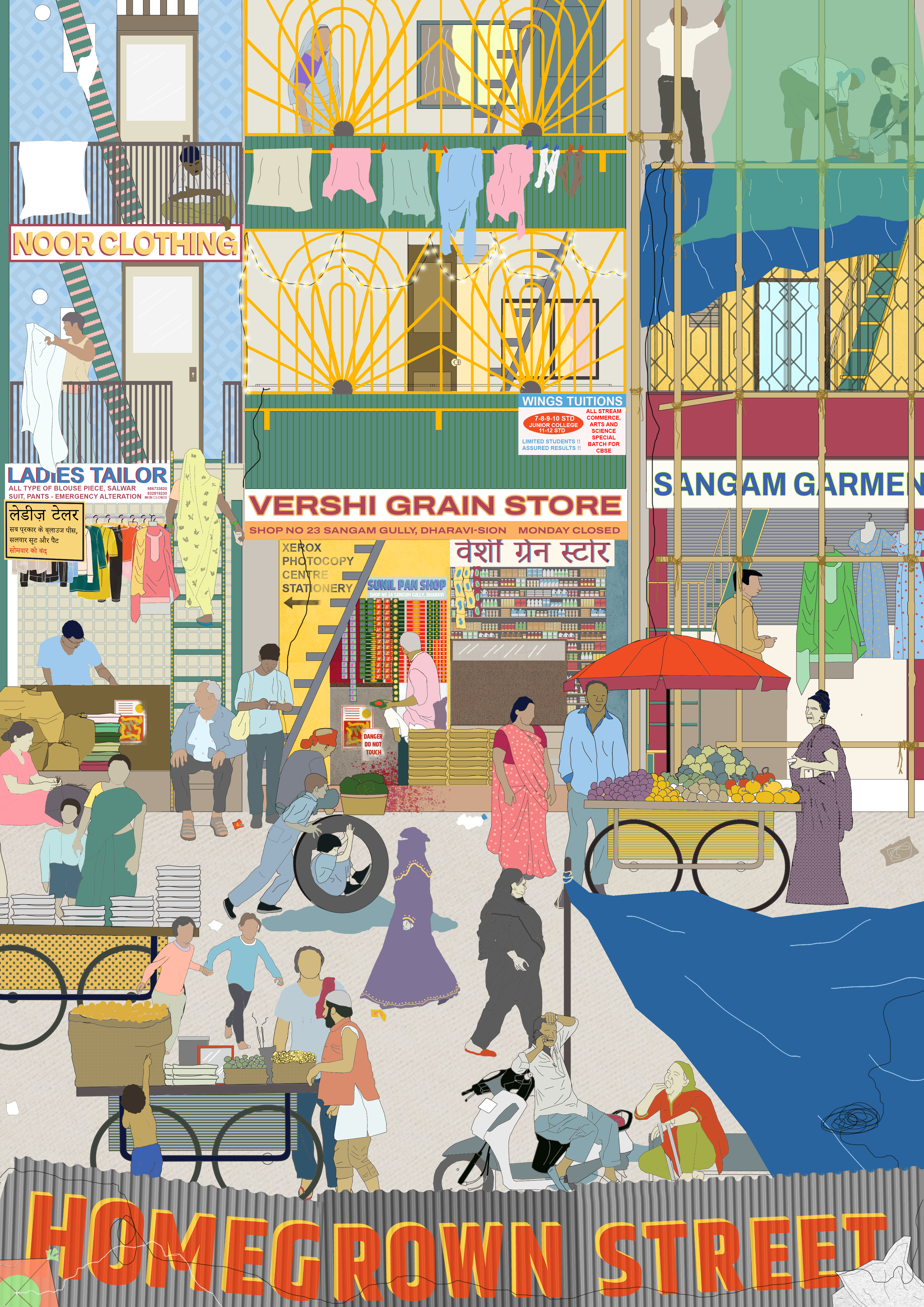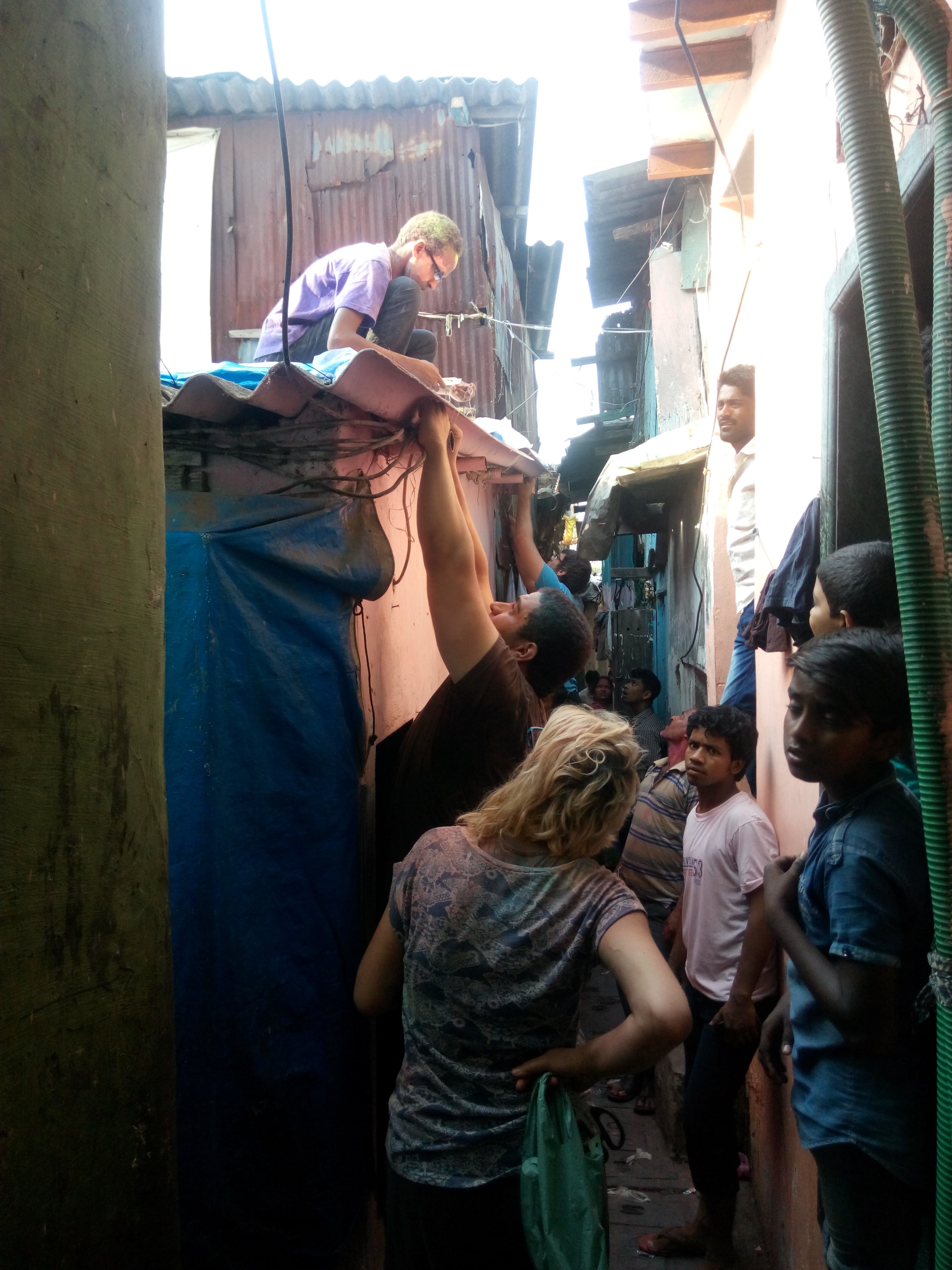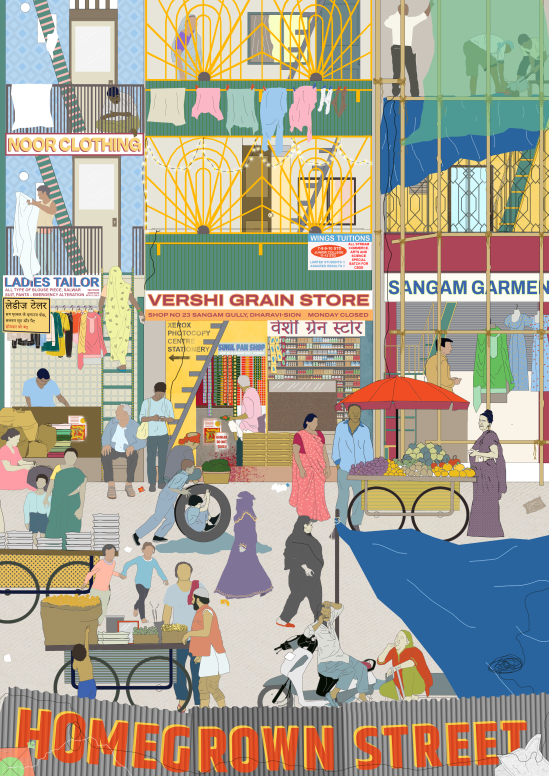Anthropology as Urban Practice: Notes from Mumbai’s Sangam Gully

Anthropology as Urban Practice: Notes from Mumbai’s Sangam Gully
Creating empathy for worlds that are not one’s own has been anthropology’s biggest challenge and constant aspiration. With roots in colonial and imperial structures, the discipline’s self-reflexive journey towards becoming a tool for cultural translation inspires our urban practice. Exploring new cultures and neighbourhoods, becoming immersed in local ways of doing — and comparing lifestyles across diverse contexts in a value-neutral way — is our essential methodology.
Founded in 2008, urbz was born from the idea that residents are experts on their neighbourhoods, and that everyday experiences constitute vital knowledge for architecture, planning, urban development and policy-making. This is why we also embrace a participatory approach, one that allows us to expand our urban visions by absorbing very particular architectural and design expressions. More importantly, it helps us identify and collaborate with local actors involved in construction and in the life of the street on their own terms. Given the centrality of “the field” and commitment to “participant observation,” anthropological methods sit comfortably in this process, where each neighbourhood becomes its own universe, at once connected to others and independent, full of possibilities, teeming with the energy of its inhabitants.
Practice & Place
The starting point for our practice was Dharavi, a bustling, dense, unplanned neighbourhood in Mumbai. Dharavi showcases what happens when there is no planner, architect or engineer calling the shots. Its contours are shaped around communities and daily activities. Its inhabitants are highly engaged and practice their agency every day, generating livelihoods and managing civic problems.
Neighbourhoods boast inner lives shaped by the people who live in them and by their physical and socio-economic conditions. Each place has its own personality. It’s key to us to understand the specific dynamics at work — cultural influences, local histories and, in the case of India, the realities of caste — and local practices and conventions, before we engage with it. Any intervention on our part means taking the local people along as partners.
Many of Dharavi’s inhabitants hail from communities formally labelled “marginal” through legal categories such as “Scheduled” or “Backward.” In their new locale, they have established a fishing village (Koliwada), an artisanal colony made up of lower-caste migrants (Kumbharwada) and intricate manufacturing networks with migrant labourers who maintain connections to their home villages all over. They have transformed the neighbourhood into... continue reading on Azure Magazine.
